Musician Van Cao, real name Nguyen Van Cao, was born on November 15, 1923, in Hai Phong in a family of civil servants.
During his youth, he studied and worked in Hai Phong. From 1943, he participated in Viet Minh activities, in the anti-traitor team. During this time, he composed many famous patriotic songs such as "Dong Da", "Thang Long march song", "Tieng rung"... worked as a reporter, wrote articles, wrote poetry, painted...
He is considered a "talented musician" (1), with many contributions to music and art activities. He joined the National Salvation Culture Association, wrote for the Independence newspaper, participated in the Vietnam Literature and Arts Association, the Vietnam Musicians Association...
With his contributions to artistic activities, especially in composing the song “Tien Quan Ca”, according to Decree No. 32-SL dated April 25, 1949, he was honored to be awarded the First Class Resistance Medal. The First Class Independence Medal…
He died on July 10, 1995 in Hanoi .
The national anthem of Vietnam is “Tien Quan Ca” composed by musician Van Cao, with sacred and heroic melodies. The song was born with memories of Vietnam in the period before the August Revolution and unforgettable memories of the author.
According to the author's 1976 account of the birth of the National Anthem, it was in the winter days of 1944, when the nation's revolutionary struggle was in full swing. Van Cao met Vu Quy, a Viet Minh cadre, who was also a follower of Van Cao's artistic activities. Mr. Vu Quy asked Van Cao to leave revolutionary activities and assigned Van Cao his first task: to compose a song for the revolutionary army.
At that time, Van Cao did not know about the war zone, he only knew the streets of Pho Ga, Hang Bong, and Bo Ho (Hanoi) out of habit and had not met the revolutionary army soldiers in the first military course and did not know how they sang... the author "was thinking of a way to write a simple song so they could sing...".
He struggled, searching for sounds and images in the afternoon walking along the streets of Hanoi… and he wrote the first musical notes of “Tien Quan Ca”. He edited and completed the song many days later in the attic at 45 Nguyen Thuong Hien, Hanoi during the gloomy, hungry, cold, miserable winter days.
"The Vietnamese army goes,
Together to save the country
Footsteps echoed on the bumpy road far away…”.
“…The long rhythm of the song opens with a resounding gong” (2)… Musician Van Cao recalls that when the song was finished, Mr. Vu Quy was very pleased: “His face was dark and sallow. His eyes and smile sparkled” (3).
 |
Manuscript of the song “Tien Quan Ca” by musician Van Cao. (Source: National Archives Center III, Prime Minister's Office, file 590, page 3) |
"Tien Quan Ca" is a revolutionary song, with heroic tones, urging and encouraging the spirit, enthusiasm and patriotism of the Vietnamese army and people to stand up and fight for national independence.
On August 17, 1945, “the song Tien Quan Ca resounded in the sky of Hanoi…thousands of voices sang, echoing along with the exciting passages…
On August 19, 1945, a large rally was held at the Opera House Square. The Young Pioneers choir sang “Marching Song” and saluted the red flag with a yellow star… Tens of thousands of voices rose up, shouting out hatred for the imperialists, and the heroic victory of the revolution.”(4)
The August Revolution succeeded, the Democratic Republic of Vietnam was established, in 1946, the 1st National Assembly officially decided to choose "Tien Quan Ca" as the National Anthem of Vietnam. In the first Constitution of Vietnam in 1946, in Article 3, it is clearly stated: The National Anthem is the song "Tien Quan Ca".
The song "Tien Quan Ca" "is not only a good song compared to many national anthems of other countries, but it also has full representative value, because it has been emotionally attached to many successive generations through many difficult and glorious stages of the history of the Vietnamese nation" (5). The song "Tien Quan Ca" was born in very special circumstances, for the individual author and the Vietnamese nation.
Over the years, the song has become a marching song, accompanying the Vietnamese people throughout the years of fighting for and protecting national independence, building the Socialist Republic of Vietnam and is the pride of the Vietnamese people.
Note:
1) National Archives Center III, Prime Minister's Office, ML1, file 8, page 43.
2) Source: “I am me again” – Thanh Nien Publishing House 1977, p.27.
3) Source: “I am me again” – Thanh Nien Publishing House 1977, p.29.
4) Source: “I am me again” – Thanh Nien Publishing House 1977, pp. 30,31.
5) Source: National Archives Center III, Tran Cung's opinion on May 11, 1981 on the National Anthem, Musician Minh Tam's Profile, file 109, page 15.


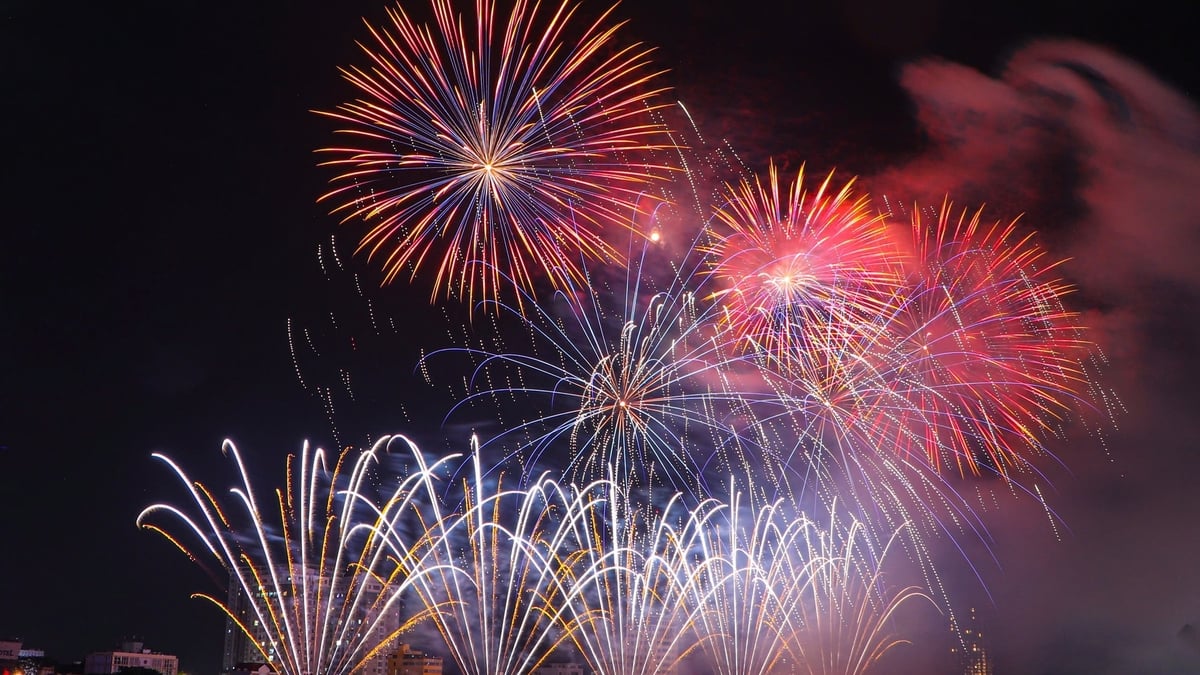




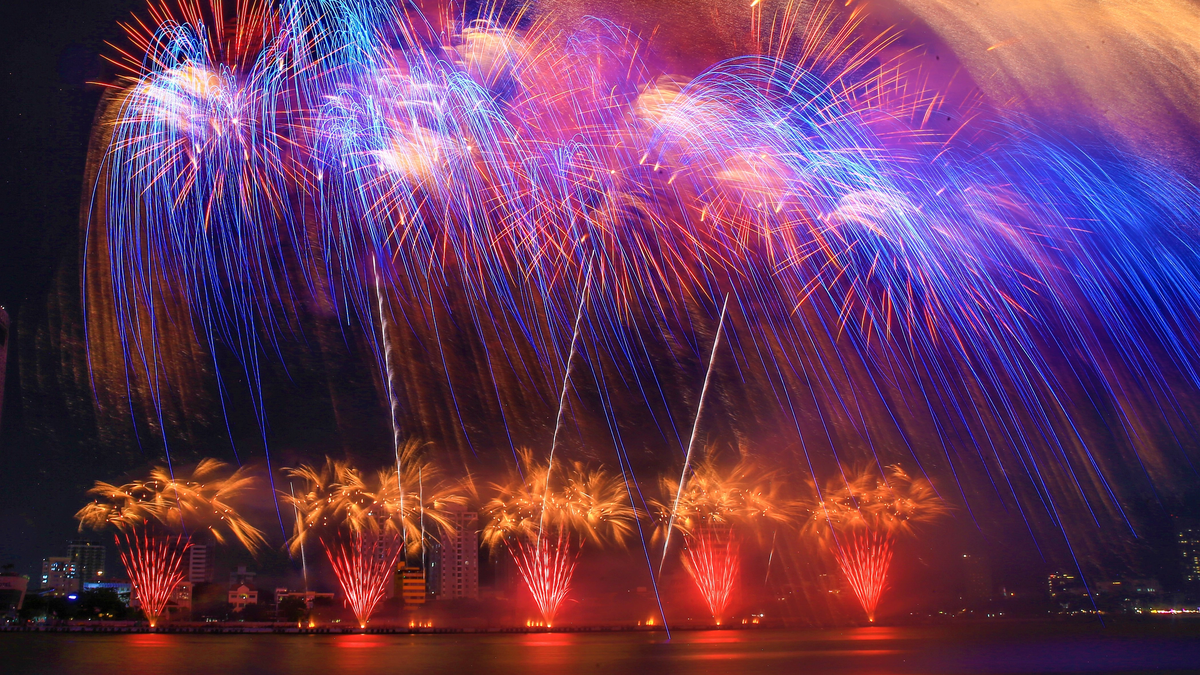
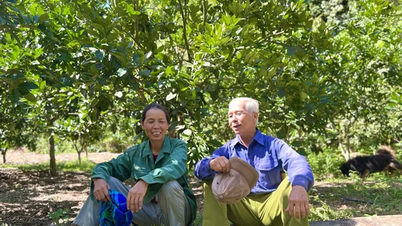


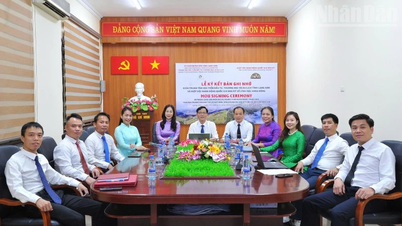

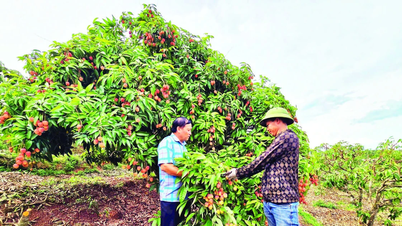
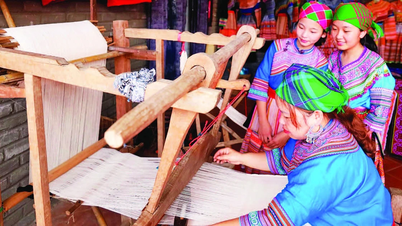




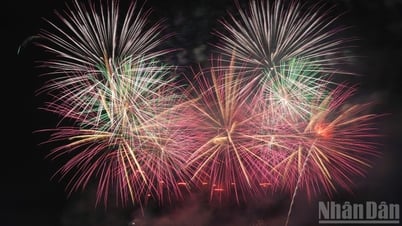
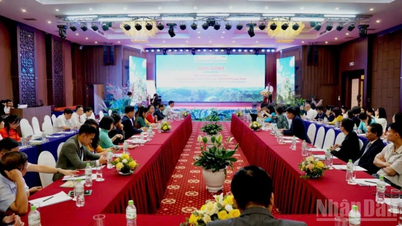


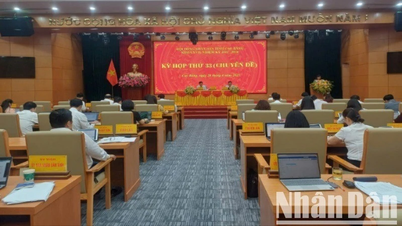
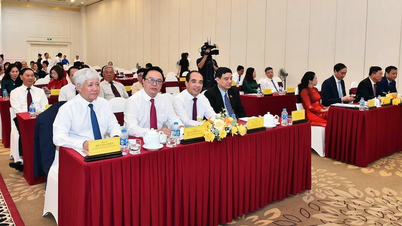

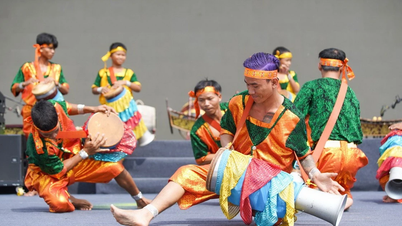



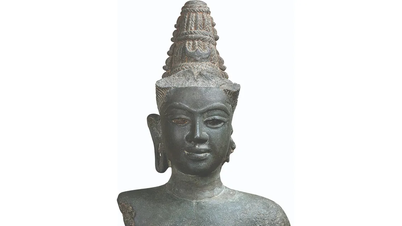

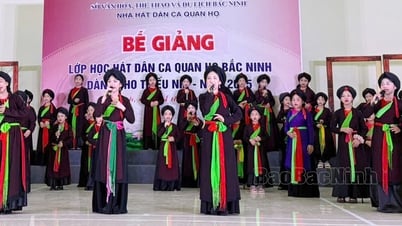

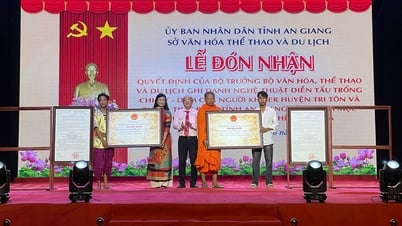

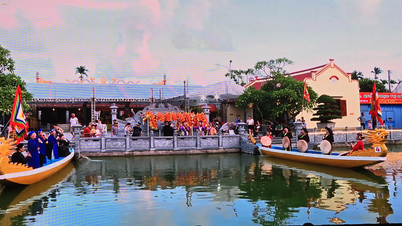

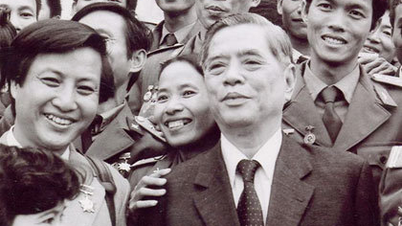





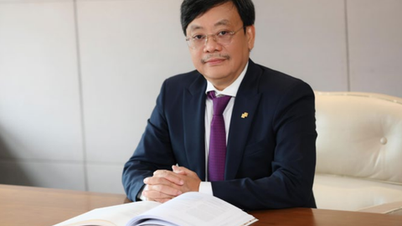



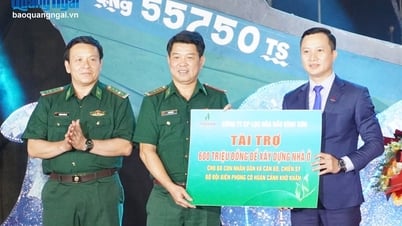






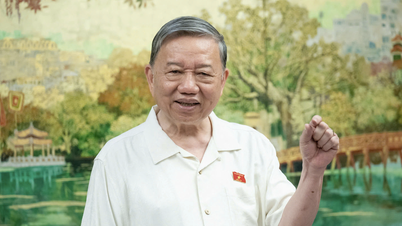


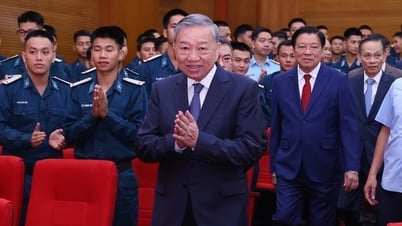
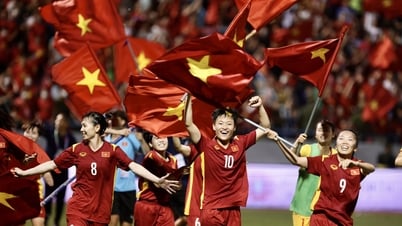


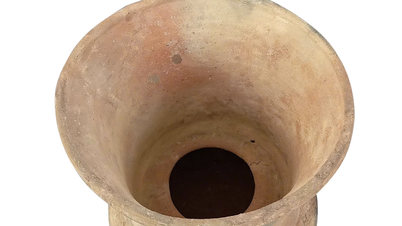

![[Infographic] Circular guiding the functions, tasks and powers of the provincial Department of Culture, Sports and Tourism and the commune-level Department of Culture and Social Affairs](https://vphoto.vietnam.vn/thumb/402x226/vietnam/resource/IMAGE/2025/6/29/877f24989bb946358f33a80e4a4f4ef5)

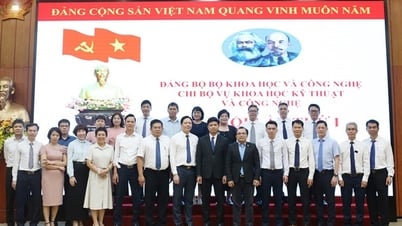


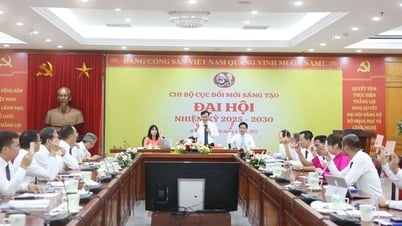
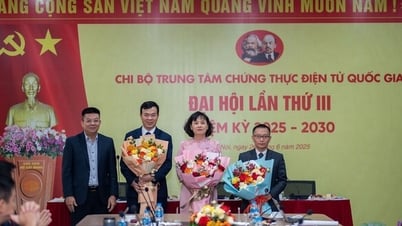

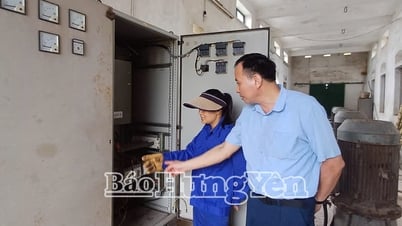

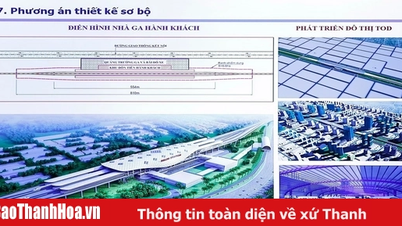







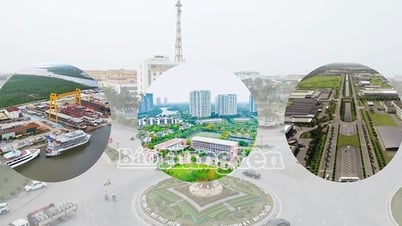











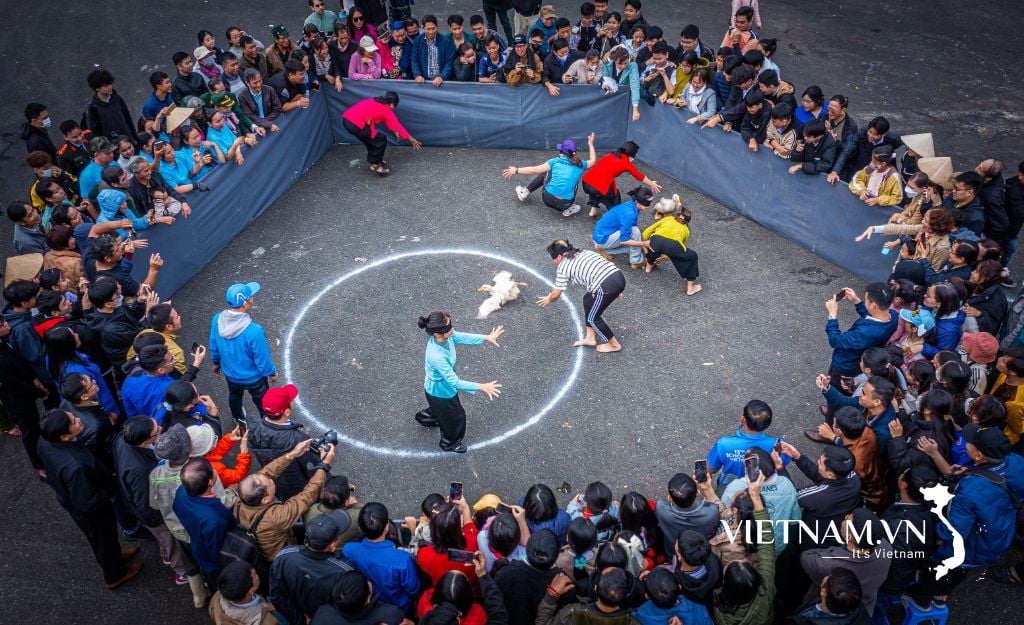

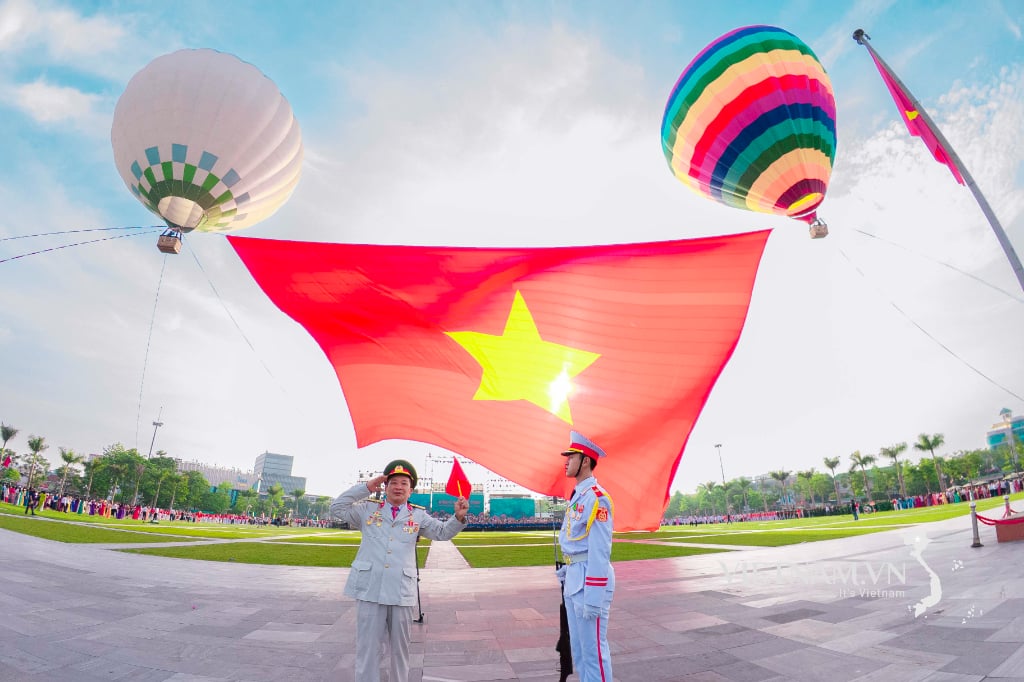
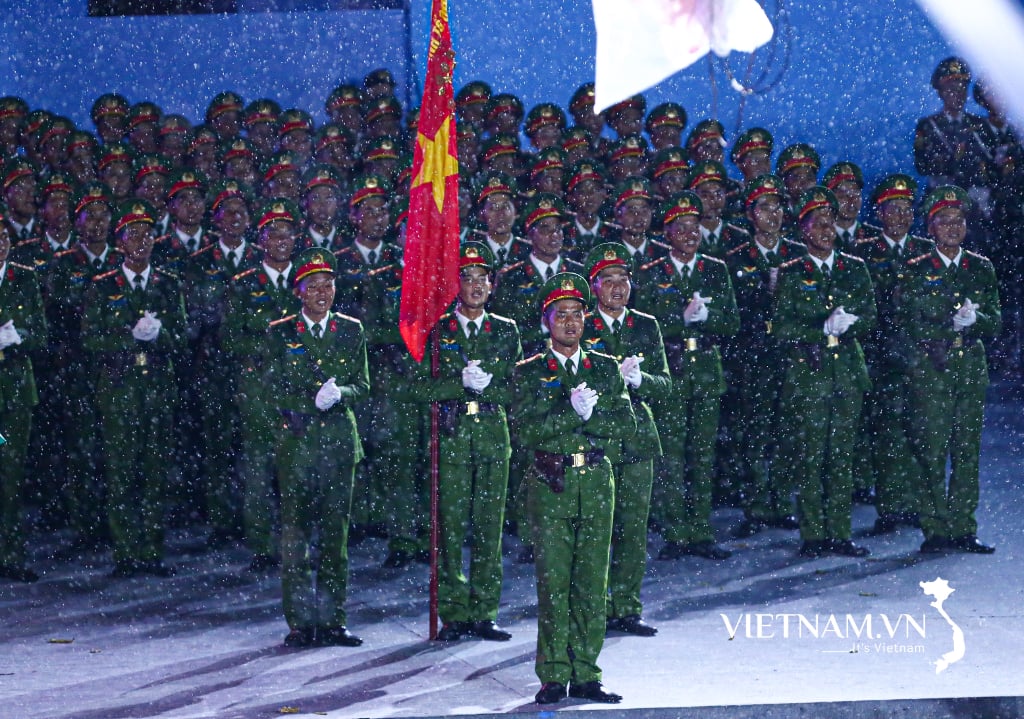
Comment (0)